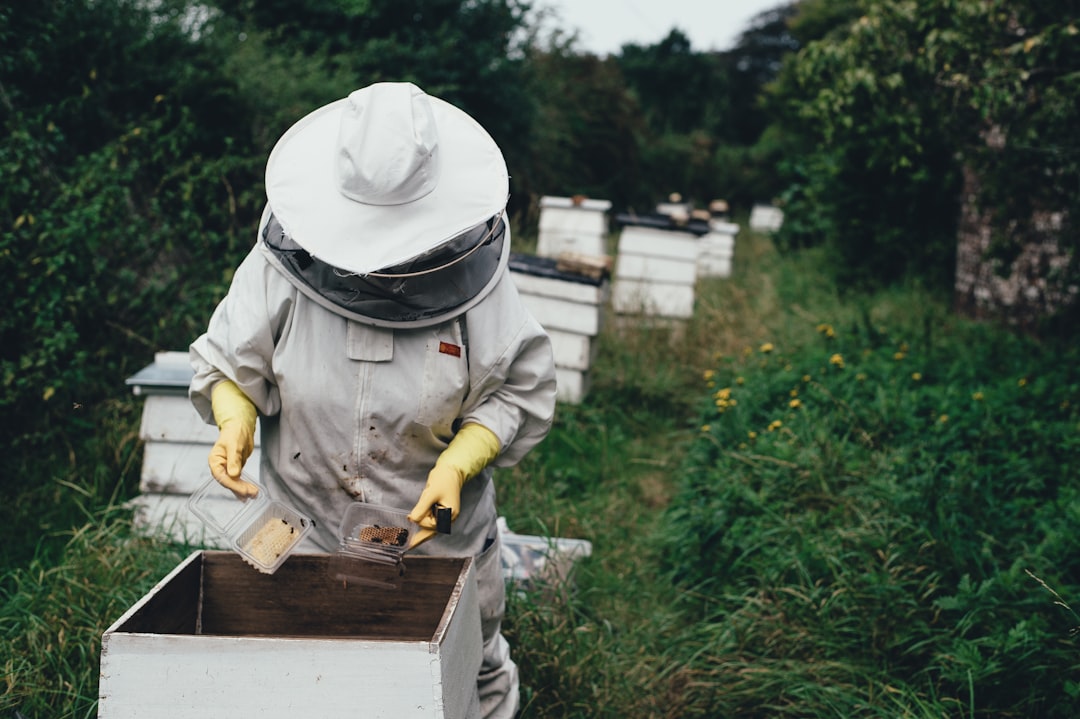In the hum of a backyard hive lies a quiet revolution—one that connects people to the rhythms of nature, supports vital ecosystems, and yields liquid gold: honey. Backyard beekeeping is more than just a hobby; it’s a hands-on way to nurture pollinators, enhance your garden, and become an active participant in local biodiversity.
Whether you're an urban dweller with a rooftop garden or a rural homeowner with open space, beekeeping can be a deeply rewarding and environmentally meaningful endeavor. In this blog post, we'll explore the benefits, basics, and best practices of backyard beekeeping—and why now is the perfect time to get started.
Why Bees Matter: Pollinators in Peril
Bees play a critical role in our global food system. Approximately one-third of the food we eat relies on pollinators like bees to reproduce, including fruits, vegetables, nuts, and seeds. Beyond agriculture, bees help maintain healthy ecosystems by enabling wild plants to thrive.
But bee populations are under serious threat due to:
-
Habitat loss
-
Pesticide use
-
Climate change
-
Diseases and parasites, like the notorious Varroa mite
By keeping bees in our own backyards, we can provide safe, pesticide-free havens and help restore the balance one hive at a time.
The Buzz Behind Backyard Beekeeping
1. Supporting Local Pollination
Your backyard hive doesn't just produce honey—it boosts the health and productivity of local plants and gardens. As bees forage, they transfer pollen from flower to flower, improving yields and biodiversity in your neighborhood.
2. Harvesting Your Own Honey
One of the sweetest perks of beekeeping is, of course, the honey. Depending on the size and health of your hive, you could harvest 20 to 60 pounds of honey in a good season! Backyard honey is raw, unprocessed, and full of unique flavors tied to your local flora.
3. Other Hive Treasures
In addition to honey, backyard beekeepers can harvest:
-
Beeswax for candles, lip balm, and skincare
-
Propolis, a resin with antimicrobial properties
-
Pollen, sometimes collected for health supplements
-
Royal jelly, a nutrient-rich secretion (though harvesting this is more advanced)
4. A Window into Nature
Keeping bees offers a fascinating, hands-on education in ecology, biology, and environmental stewardship. It’s a meditative and mindful practice that connects you to the seasons and to the natural world in a profound way.
Getting Started: Backyard Beekeeping Basics
Choose the Right Hive
The most common hive for backyard beginners is the Langstroth hive—a stackable box system that’s easy to inspect and harvest from. Other options include:
-
Top-bar hives (horizontal design, simpler equipment)
-
Warre hives (vertical, mimic natural bee habitats)
Each has pros and cons depending on your goals, space, and climate.
Learn the Language of Bees
Before you bring home your bees, take time to learn:
-
The roles of queen, workers, and drones
-
Seasonal hive behavior
-
Common challenges like swarming or disease
-
The basics of inspecting your hive and using tools
Many communities offer beekeeping classes, and local clubs are a great source of mentorship.
Gear Up
A starter kit typically includes:
-
A hive setup (frames, boxes, bottom board, and lid)
-
A bee suit and veil for protection
-
A smoker to calm the bees
-
A hive tool for inspections
Source Your Bees
You can get bees by:
-
Buying a nucleus colony (nuc) or package bees from a reputable supplier
-
Catching a swarm (usually done with guidance)
-
Splitting an existing hive (advanced method)
Place your hive in a sunny, wind-sheltered area, ideally near flowering plants and a water source.
Beekeeping and the Seasons
Beekeeping is a year-round commitment, but your activities will shift with the seasons:
-
Spring: Hive inspection, feeding if needed, adding space as colony grows.
-
Summer: Peak foraging and honey production, watch for swarms.
-
Fall: Harvest honey, treat for mites, prepare for winter.
-
Winter: Minimal activity; ensure bees are insulated and fed.
Observation is key. With experience, you’ll learn to read the hive’s mood and needs.
Beekeeping for Biodiversity
Even a single hive contributes to healthier local ecosystems. But sustainable beekeeping also means:
-
Avoiding overharvesting honey (leave enough for the bees!)
-
Not overcrowding your area with too many hives, which can stress local pollinators
-
Planting pollinator-friendly flowers and avoiding pesticides
-
Supporting native bees alongside your honeybees
Remember: bees need flowers, not just hives. Create a habitat that welcomes all pollinators.
The Sweet Rewards
Backyard beekeeping is about more than just jars of honey. It’s about stewardship. It’s about reconnecting with nature. And it’s about doing your part—however small it may seem—in the global effort to support pollinators and secure our food future.
Whether you dream of harvesting honey for your family, selling beeswax at a local market, or simply helping the planet from your own backyard, beekeeping offers a deeply satisfying way to make a difference—one buzz at a time.
Ready to get started? Join a local beekeeping association, take a beginner course, and start planning your pollinator paradise. The bees—and your garden—will thank you. 🐝🍯🌼

Comments
No comments yet. Be the first to comment!
You must be logged in to comment. Login